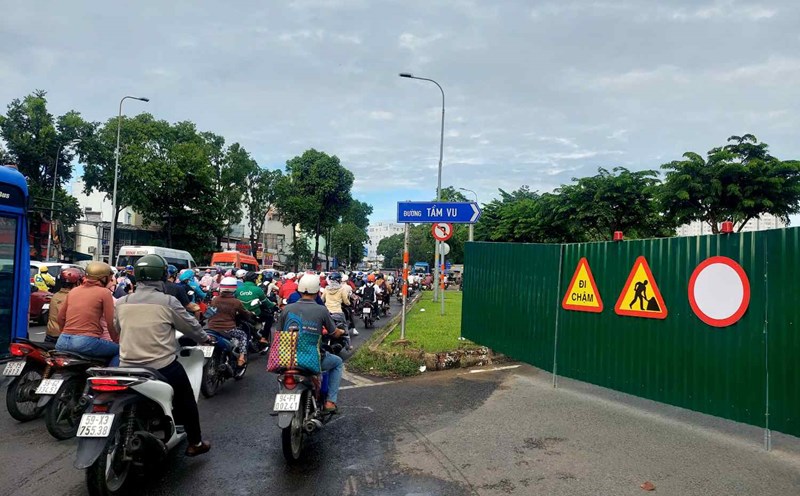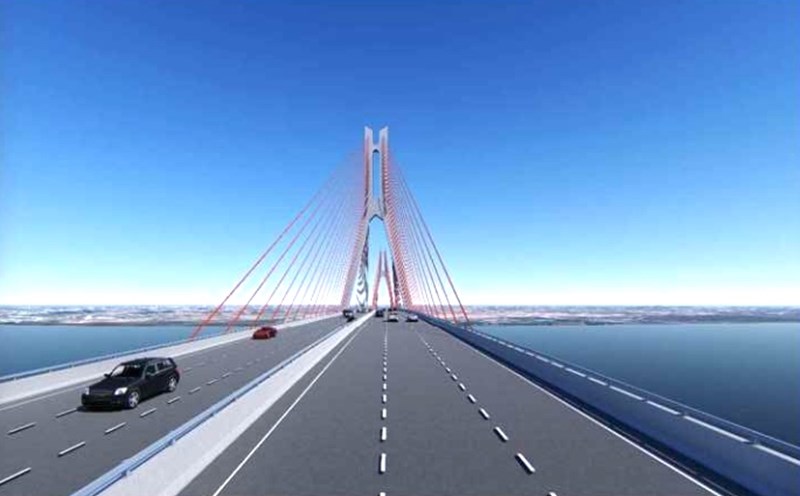The Ho Chi Minh City Department of Construction is urgently completing the research dossier for the Phu My 2 bridge and road project.
According to the representative of the Road Traffic Construction Management Department (HCMC Department of Construction), the Phu My 2 bridge and road project is 16.7km long, with a scale of 6 lanes for motor vehicles and 2 lanes for rudimentary vehicles, with a total estimated investment of more than VND 21,400 billion.
The route starts from Nguyen Huu Tho Street, passes through Hoang Quoc Viet Street, Dao Tri Street and then crosses Dong Nai River to connect to Lien Pur Street and Road 25C in Nhon Trach District, Dong Nai Province.
According to actual records, the starting point of the project is currently an empty land mixed with ponds, Bang canal, Dia canal and trees growing naturally. This is an area that has not been exploited much, but will soon become one of the key traffic axes in the South of Ho Chi Minh City.
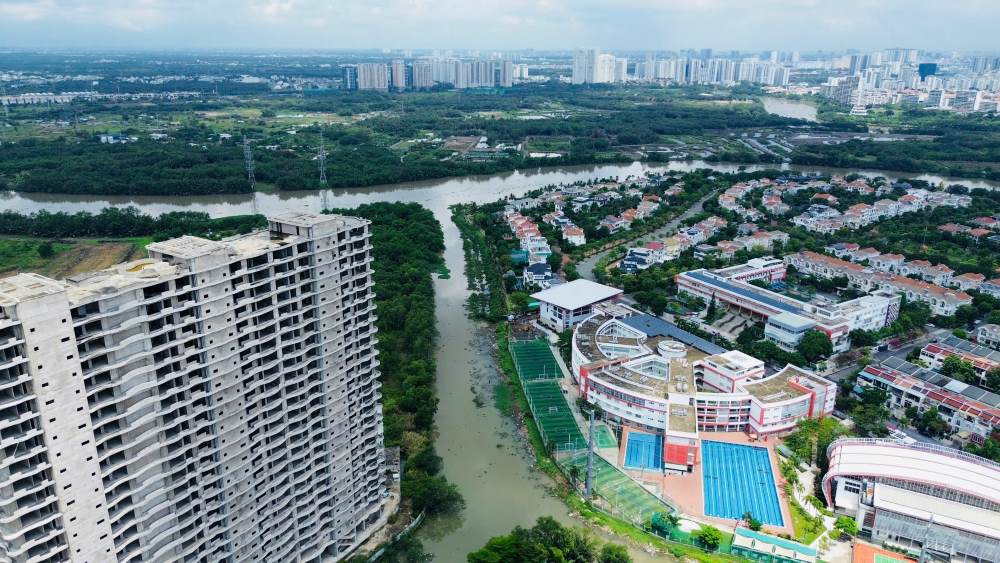
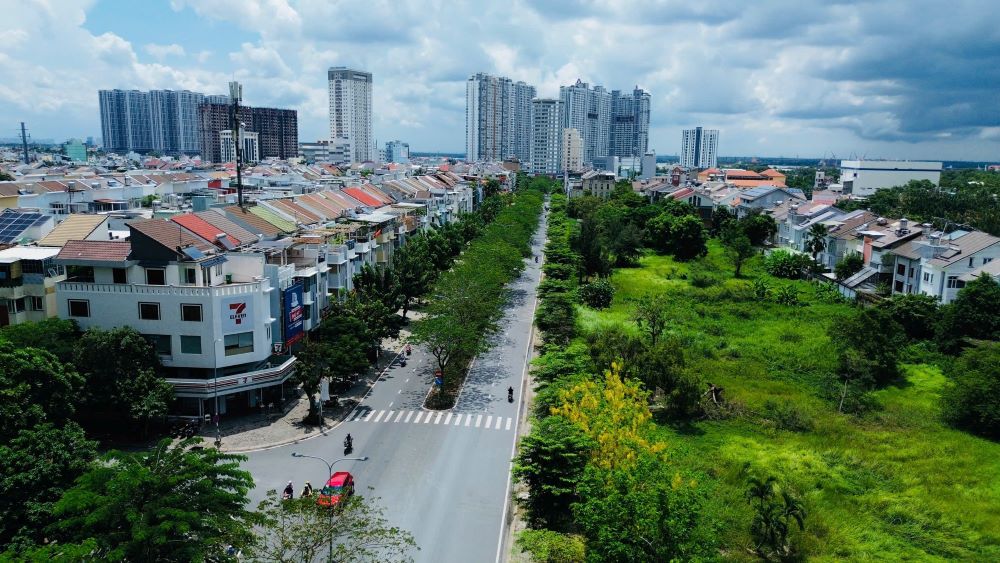
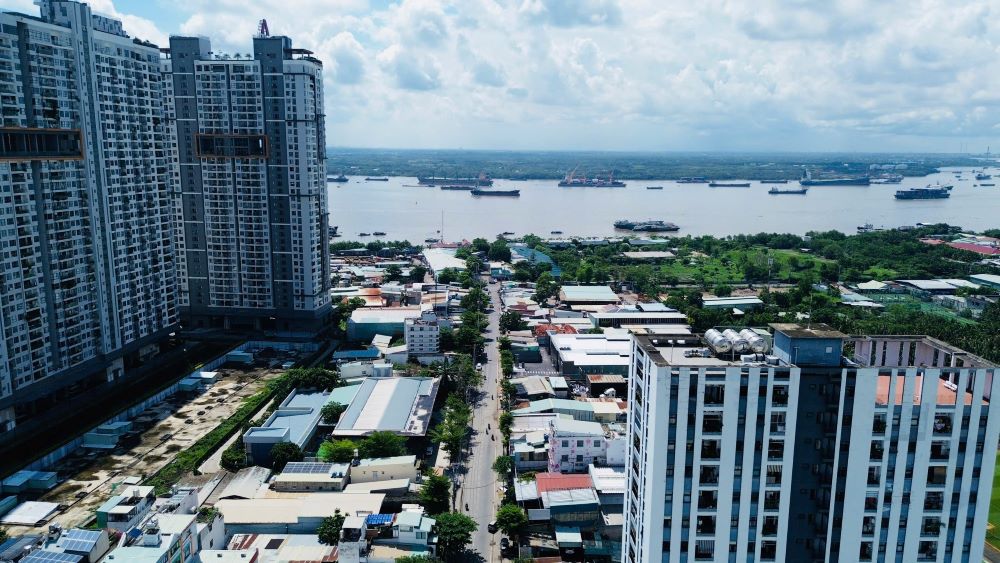
However, the section through Hoang Quoc Viet Street is currently a major infrastructure bottleneck.
According to the representative of the Road Traffic Construction Management Department, most of this road axis is only about 8-15m wide, not enough to build roads according to the traditional plan.
The solution of building a multi-storey route is considered feasible, helping to save costs on site clearance and minimize the impact on people's lives.
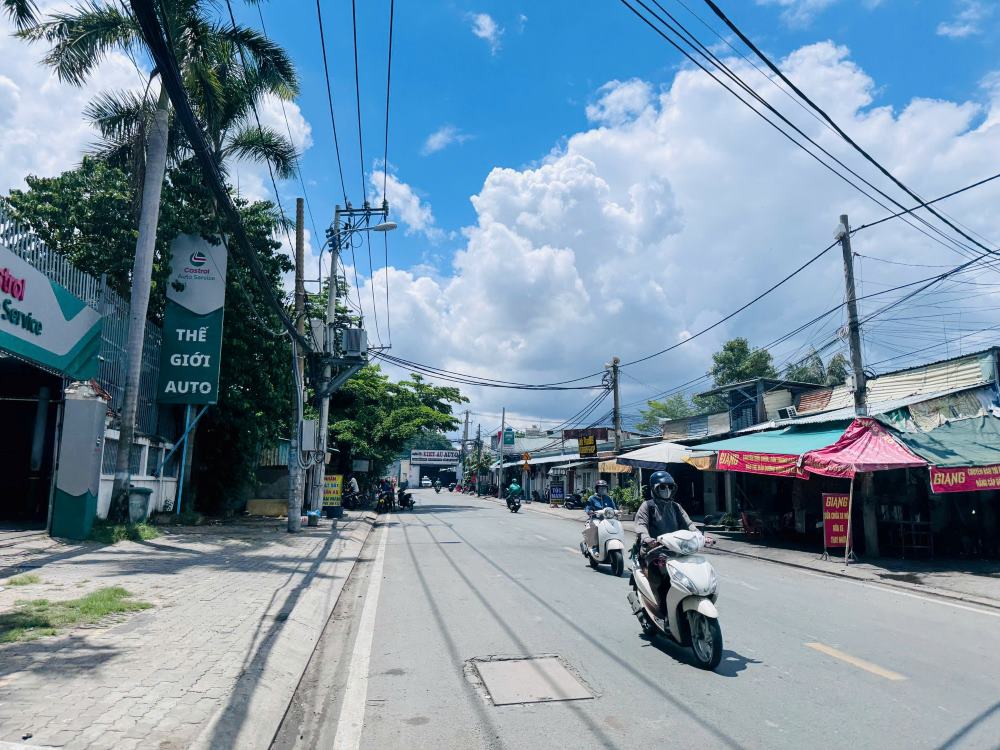
This is also the first time Ho Chi Minh City has researched and implemented a multi-storey traffic project in some sections - a model that has been successfully applied by many countries around the world to optimize urban space.
In addition to its technical value, the Phu My 2 bridge and road project also plays a strategic role as one of the 10 high-speed routes approved by the Prime Minister in the Ho Chi Minh City development plan for the period 2021-2030, with a vision to 2050.

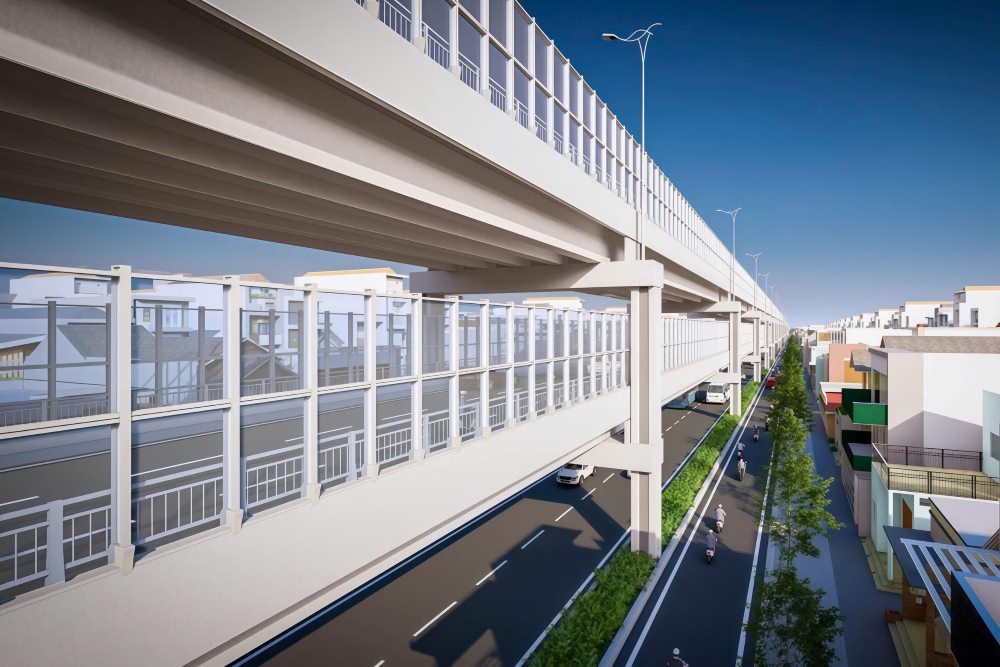
Recently, the leaders of Ho Chi Minh City and Dong Nai province agreed to assign Ho Chi Minh City as the managing agency to organize the project implementation. Investment preparation steps are being accelerated in May 2025, aiming to submit policies in the fourth quarter of 2025 and start construction in 2027.

